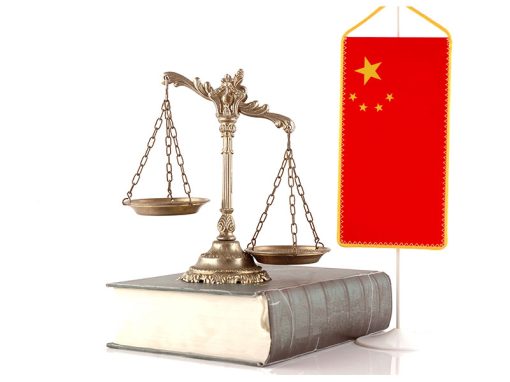CHINA’S NEW TRADE MARK LAW WILL COME INTO EFFECT ON 1 MAY 2014
Selected points of interest are as follows:
- New regulations to streamline and clarify existing procedures. This is done through detailing e filing provisions, introducing the “division of trade mark applications” for partially refused applications, allowing for settlement negotiations, and specifying circumstances where non-use of a trade mark may be justified, etc.
- Division: Notably, the process for dividing applications shall not apply to international applications designating China for territorial extension. This appears to be an advantage Chinese domestic applications have over Madrid applications.
- Enforcement: The new implementing regulation also attempts to facilitate enforcement of trade mark infringement. Key efforts include providing for calculation of illegal turnover, specifying circumstances where a seller can claim innocent infringement, and stipulating how right holders assist in verifying the identity of suspected infringing products in Administration of Industry and Commerce (AIC) raid cases, etc.
- Enforcement: The new law states that if infringing goods are sold, and the seller is able to prove that the goods are lawfully obtained, AIC shall order cessation of sale. This means that the new law allows AIC not to impose a fine on the seller. There are various types of documentary evidence demonstrating lawful procurement. However, it is noted that, in practice, the verification of the authenticity of this evidence will become problematic.
- Enforcement: The new regulations also strengthen trade mark enforcement by expanding the definition of trade mark infringement to include intentionally facilitating trade mark infringement and helping others to conduct infringing activities, to wit, specifying what behaviours can be deemed to qualify as secondary or contributory liability (“providing facilitating conditions”). The non-exhaustive list includes providing: Storage, Transport, Mailing, Printing, Concealing, Business premises or Internet service, etc. This widens the scope of facilitating trade mark infringement, as under current provisions only mailing or concealing, or providing storage or transport are considered as facilitating infringement.
- Assignments: Also the new implementing regulations state that assignor and assignee are jointly responsible for recording the trade mark assignment with the China Trademark Office. Current Regulations provide that the assignee files a recordal of any assignment. Since there are often falsified assignments, the new regulations state that the formalities for the assignment shall be handled jointly by the assignor and assignee or by an agent entrusted by both parties.
Our articles are for general information only. They should not be considered specific legal advice, which is available upon request. All information in our articles is considered to be accurate at the date of publishing.









